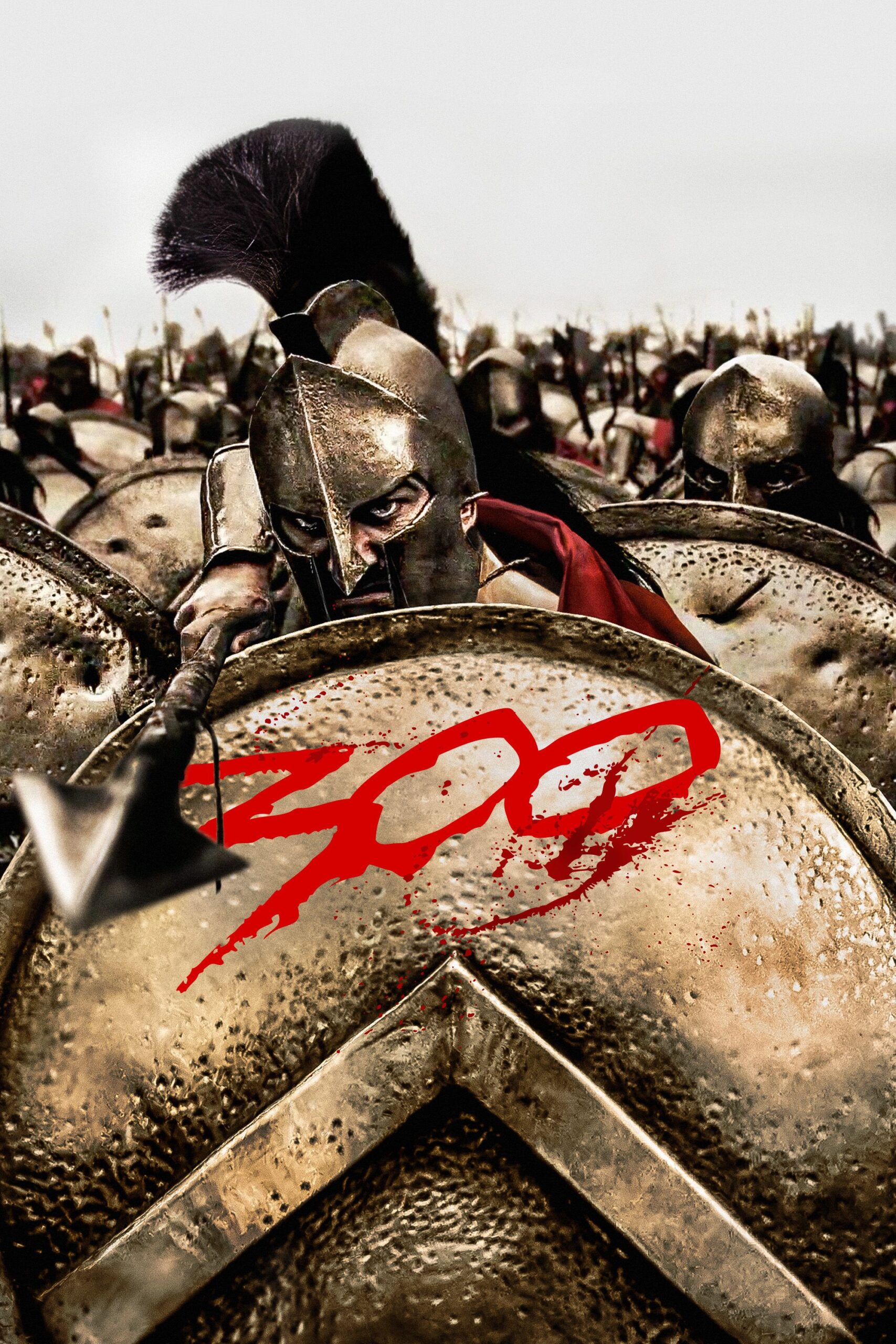The Cultural Significance of Frank Miller’s 300
In a time when the world quivered beneath the weight of wars and battles, emerged a legendary tale that pierced through the hearts of men and carved its place in the annals of history. Behold, the cultural significance of Frank Miller’s 300.
Within the pages of this epic masterpiece, a vivid tapestry of blood-soaked valor unfolds, painting a picture of unabashed heroism and undying loyalty. Miller, the master storyteller, weaves a narrative so grand, so potent, that it resonates deep within the marrow of our souls.
Through painstaking detail and breathtaking illustrations, Miller resurrects ancient Sparta, a civilization of warriors who truly embodied the essence of unyielding courage. Every stroke of his pen breathes life into King Leonidas and his band of mighty soldiers, who with their unwavering resolve, dared to defy an empire that sought to subjugate their land.
But it is not merely the remarkable visual feast that sets 300 apart. Miller’s opus transcends the realm of mere entertainment, delving deeper into the human condition itself. It becomes a stirring exploration of the duality of mankind – our inherent capacity for immense love, honor, and sacrifice, yet simultaneously our insatiable thirst for power, conquest, and the darkness that resides within.
300 offers a profound commentary on the nature of conflict. As the Spartan warriors clash with the overwhelming hordes of Persia, the battle becomes a metaphorical exploration of the eternal struggle between freedom and tyranny. The relentless march of Xerxes and his forces, seeking dominion over all, stands as a grim reminder of the perpetual threat that looms over the pursuit of liberty.
Moreover, Miller’s work serves as an enduring symbol of artistic innovation. His bold use of color, sharp lines, and chiaroscuro lighting create an atmosphere of intensity and urgency, as if each panel pulses with the adrenaline that courses through the veins of warriors engaged in mortal combat. It is a testament to the power of artistic expression as a force to ignite the spirit and ignite the imaginations of countless generations.
No discussion of the cultural significance of Frank Miller’s 300 would be complete without acknowledging its lasting legacy. From its initial impact in the comic book realm to its adaptation onto the silver screen, this tale of sacrifice and honor has become a rallying cry, inspiring not only soldiers on the battlefield but the very essence of popular culture itself.
So, let us bask in the resplendent glory of Miller’s creation. Let us marvel at the majesty and power that emanates from these pages. For within the tapestry of 300, a timeless tale unfolds, reminding us that even in the face of insurmountable odds, the indomitable spirit of mankind can endure, forever etching its mark upon the annals of history.

